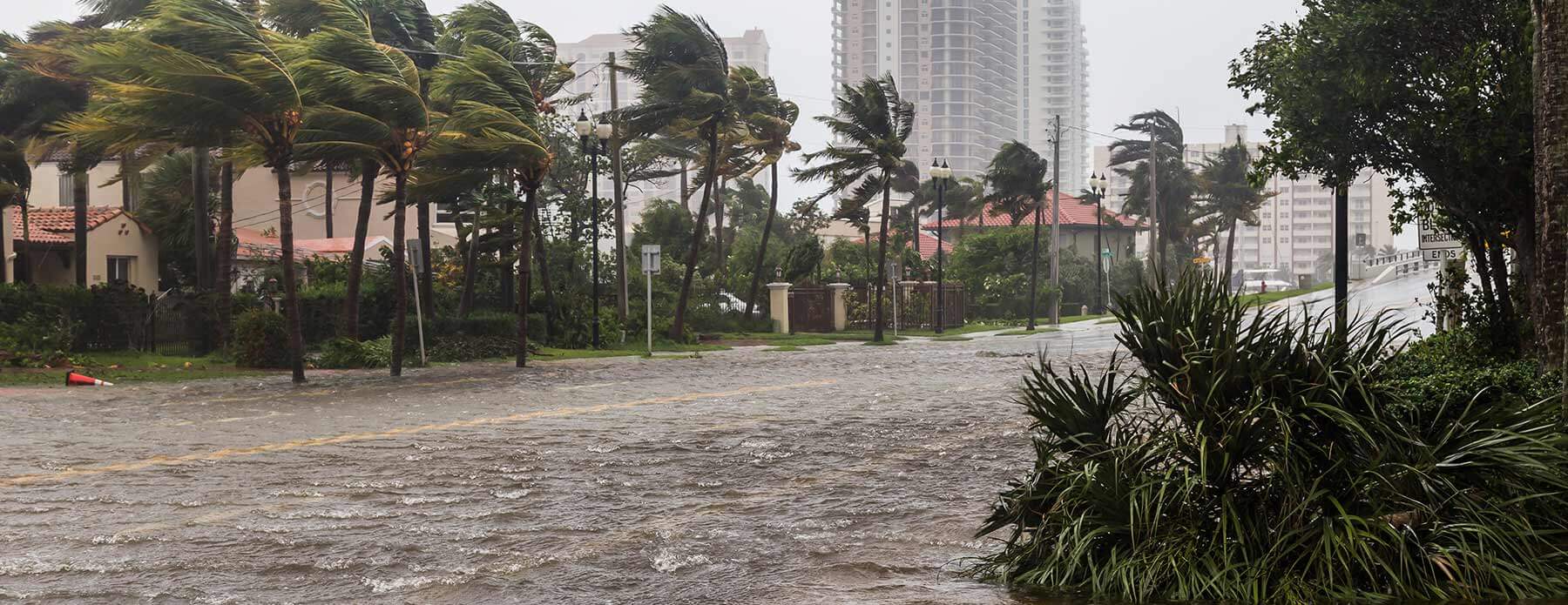Even though National Preparedness Month is drawing to a close, it is important to always keep disaster preparedness at the top of mind throughout the year. As the world experiences a surge in both the volume and cost of catastrophic events, it’s vital to reflect on the readiness of our communities to ensure they are resilient and can withstand and recover from disasters.
Understanding Disaster Resiliency
Disaster resiliency refers to the ability of a community, system, or society to adapt, recover, and progress after experiencing adversity. It encompasses the measures taken before, during, and after a disaster to minimize impact and restore functionality.
The Rising Volume and Cost of Disasters
The urgency of ramping up disaster preparedness and resiliency initiatives can be observed through staggering statistics. Between 1980-2010, approximately 159 disasters spanning over three decades exceeded $1 billion in damages. Alarmingly, in just the last three years, we’ve seen sixty (60) $1B disasters. Based on the average number of disasters per year using those statistics, that’s a 277% increase.
Government’s Role in Boosting Resiliency
Governments hold the primary responsibility of fostering resilience within their jurisdiction. This entails:
- Risk Assessment: Identifying potential hazards and assessing their potential impacts.
- Education and Awareness: Initiating public awareness campaigns about disaster risks and preparedness.
- Infrastructure Strengthening: Reinforcing critical infrastructure and services to withstand disasters by applying for hazard mitigation grant funding and implementing mitigation programs.
- Creating and Implementing Policies: Drafting and enacting policies that promote disaster-resilient practices and development.
Building Resiliency Across the Emergency Management Lifecycle
- Preparedness: State and local governments can utilize FEMA and other federally funded programs to enhance community readiness by assisting governments with comprehensive preparedness planning and conducting effective training and exercises.
- Mitigation: Tactics such as building codes, land-use planning, and floodplain management can minimize the effects of disasters. State and local governments should also tap the wide array of federal funding sources that provide grant monies for hazard mitigation projects.
- Response: Streamlined communication and efficient allocation of resources can help build resiliency during a disaster by reducing its impact.
- Recovery: Post-disaster, the focus should be on restoring normalcy and ensuring the community is better prepared for future incidents. Post-disaster federally funded mitigation programs should be implemented to help communities build back stronger and become more resilient to future disasters.
A Deeper Dive with an Expert
Check out this video featuring Paul Taylor, a Regional Vice President with Tidal Basin and a former FEMA Region 7 official. During the video, Paul emphasizes the importance of disaster resiliency and the steps communities can take for enhanced preparedness. He paints a clear picture of the escalating frequency and costs of disasters and stresses the urgency for resilient strategies.
The Time to Build Resiliency to Disasters is Now
Disasters are inevitable, but their devastating impacts can be mitigated to reduce risks and impacts to lives, property, and the economy. As these catastrophic events become more frequent and severe, the call for robust resiliency measures has never been louder.
Contact us today to learn how Tidal Basin can help governments with their preparedness and resiliency initiatives!



